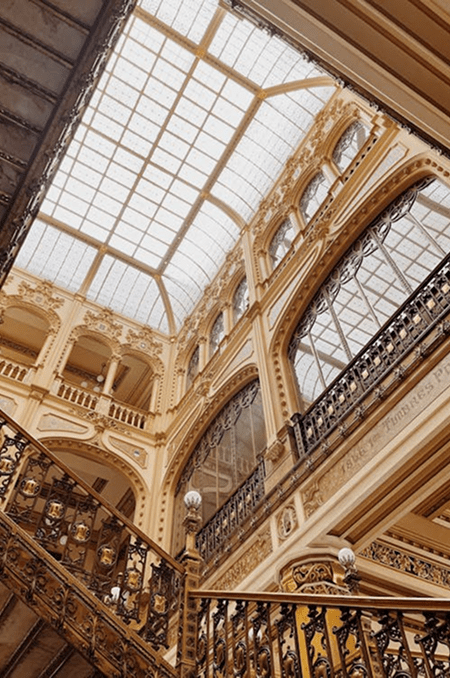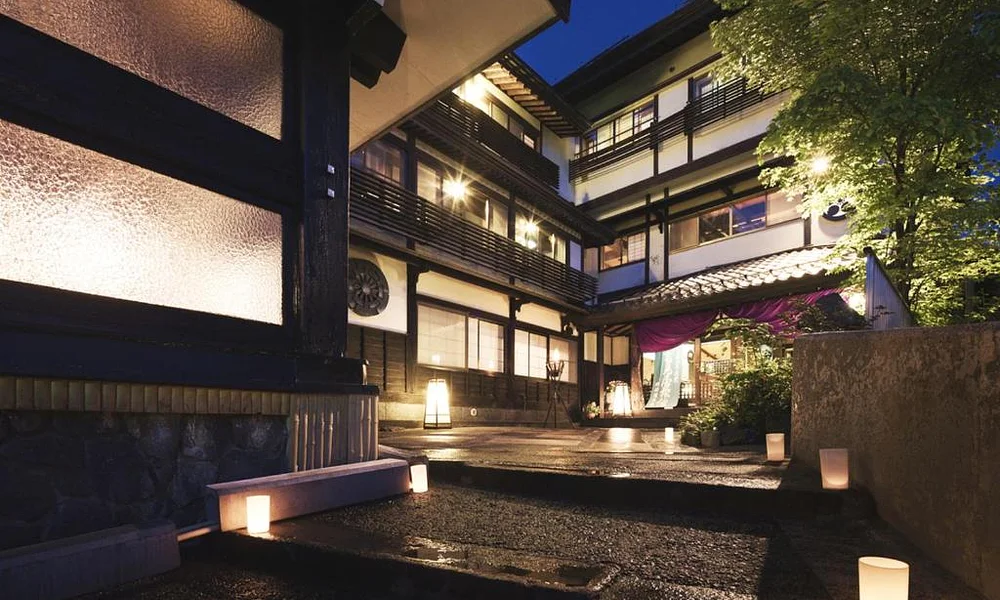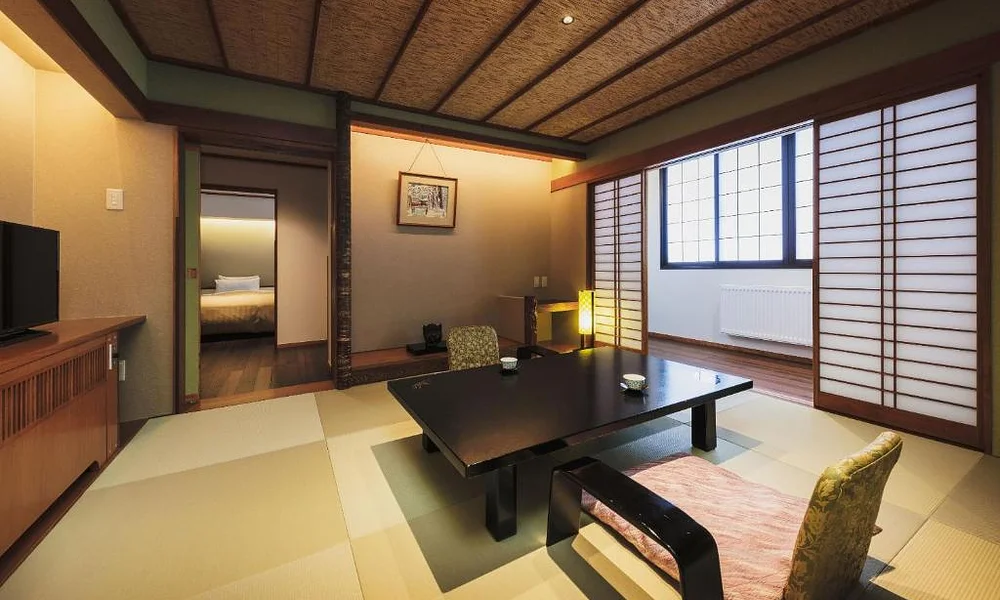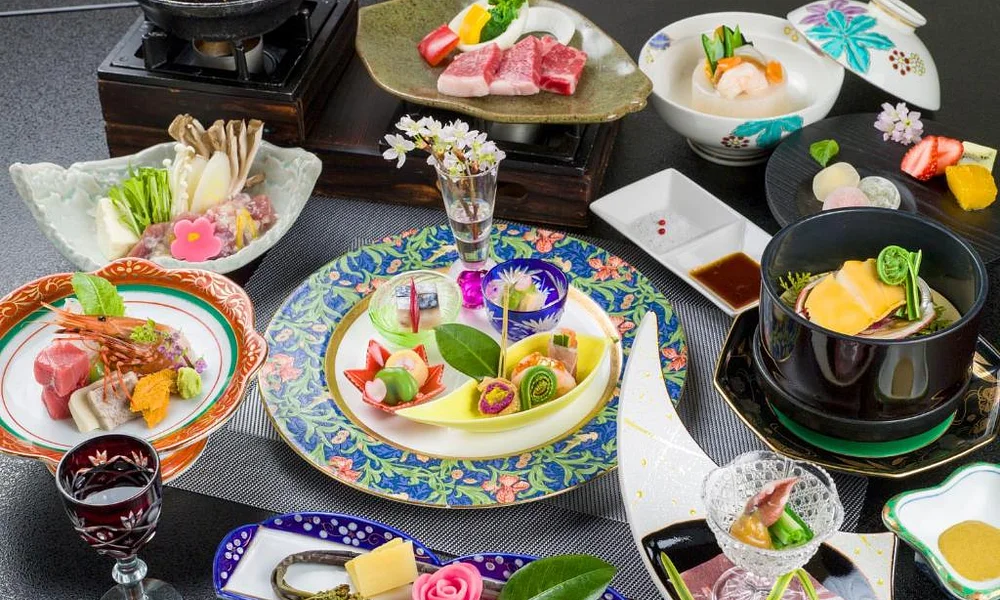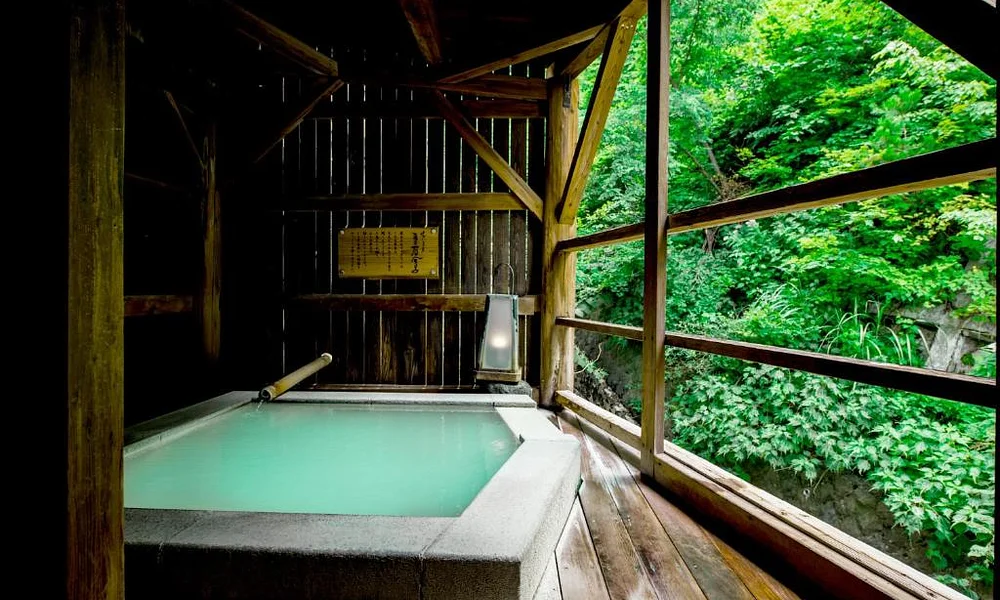Onsen
Takamiya Ryokan Miyamaso has plenty of hot spring baths to soothe your senses and relax your muscles. The Choju no yu and Seseragi no yu are open 24 hours and can be accessed for free, while guests who prefer privacy can use the Kibitaga yu and Yama no megumi yu for an added fee. But regardless if you prefer the public or private bath, the ryokan prides itself in the health benefits of its baths.
Cultural and Outdoor Experiences
Guests can visit the Warabe no Sato and take a tour of the museum, housing thousands of preserved items over the years. The museum include five buildings, including an Imperial Residence, showing an example of historic Japanese architecture, a Meiji-era rice storehouse displaying calligraphy, furniture, and artifacts, and a late Edo-period home from Miyagi Prefecture that was build without the use of nails. Other museum highlights include a Miyabi storehouse with relics, weapons, and heirlooms, and a main house of a wealthy merchant in Nagasaki.
With its location at the heart of Zao Onsen, guests can enjoy plenty of outdoor activities near the ryokan. You can hit the slopes in winter at ski resorts like Zao Onsen Ski Resort. For guests who prefer a bit of sightseeing, the area is also famous for its juhyo, which are frost-covered trees caused by heavy winter storms that give these trees a monster-like look. Also known as "snow monsters," you can view these winter creations via cable car or a snow vehicle. The ryokan's location also makes it an ideal base for exploring the mountains, with peak hiking conditions available from May to mid-October. Guests can take a hiking tour to Okama Crater or Mount Zao.
Book Venue
Fill out a quick form to check venue availability and get a quote. This is only for event booking. Please check “view deal” for room reservations.
